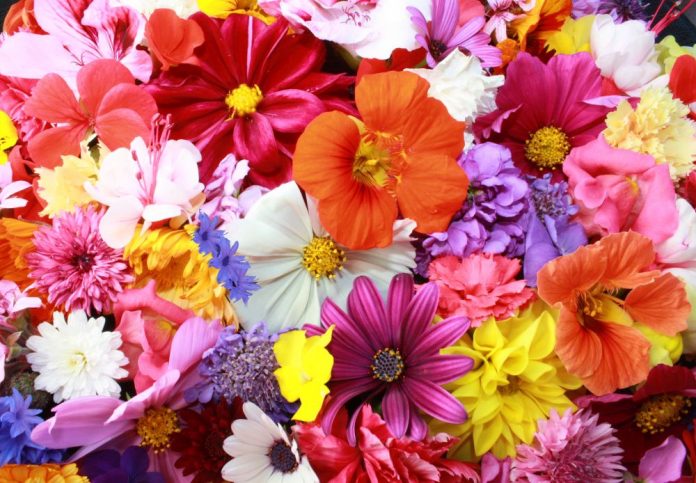No one will be able to tell you exactly when the Germans’ love for flowers began, but if you turn around and take a look at the streets of their towns, every corner you see will certainly show that it’s a special kind of love. Tidy and neat city parks, small but sumptuous balconies full of muscatels, windows beautifully embellished by violets, bunches of tulips, azaleas, begonias, camellias, white and pink magnolias… It’s all just part of the urban landscape of German cities. There are more than 30 large parks in Cologne, countless small artificial lakes, gardens, promenades and amusement parks.
The Germans are extraordinarily meticulous when it comes to maintaining and nurturing their own gardens, but they also take care of public ones. Peeking over their fences very often reveals true little green oases, full of blooms, paths, miniature ponds or water fountains. Visitors that stop by their cities are genuinely delighted with greenery also with flawlessly decorated areas around the apartment blocks.
And this is not the case only with Cologne. You’ll rarely (or almost never!) see a messy or neglected green surface of any kind – even when you are out of town. People adorn their home windows with loads of blossoms and various ornaments, beautifying their cities and making other nation envious. You can often see large trees on the rooftop terraces, tiny and irresistibly sweet gardens on the outskirts of the city and citizens spending their spare time enjoying them.
So… what types of flowers captivated allegedly cold German hearts and what are their stories? Let’s find out.
Cornflower
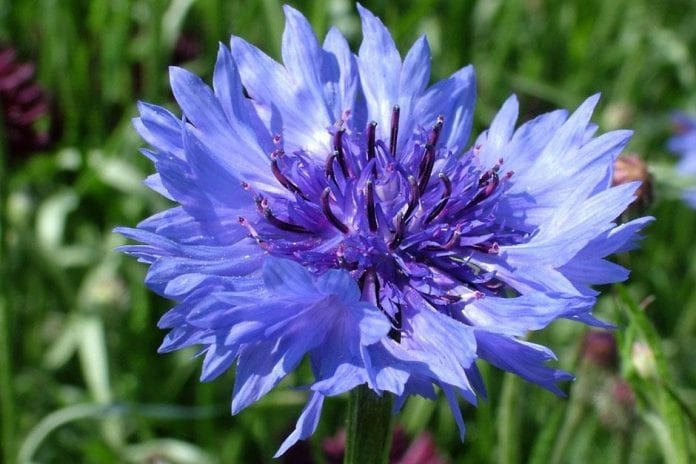
This attention-getting, the lovely flower is actually the national flower of Germany. Its Latin name is Centaurea cyanus, but it’s also known as knapweed, bachelor’s button, basket flower or bluebottle. This plant produces many tiny, charming, striking blue flowers, but there are also pink, red or white versions.
Given that cornflower blue is of national importance to this country, you can usually see it on cufflinks or buttons on men’s shirts. Since this is widely known, it’s interesting to note that even Kate Middleton and her daughter, Princess Charlotte, wore blue dresses when they were visiting Germany, to honor this beautiful flower and its symbolism.
Greenspire Linden Flowers
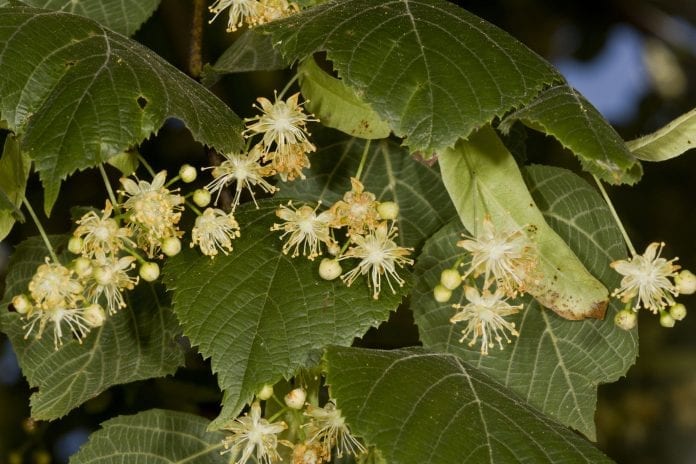
It’s a deciduous tree up to 25-30 m high, with a large, dense canopy. The leaves are long-stemmed, heart-shaped round and pointed and the flowers are yellowish-white and incredibly fragrant. In Germany, this plant was considered a tree of truth, where people gathered under it and swore that they were telling the truth.
In many villages, it served as a gathering, meeting and decision-making place. The name of the town Leipzig is derived from the Slovenian word ‘lipsk’, which actually means “the village where green spire linden trees grow”. Since the fall of the Berlin Wall, the city has been heavily greened, including this kind of tree whose flowers astonish everyone with their scent, and various other growing in numerous parks throughout the city.
Daffodils
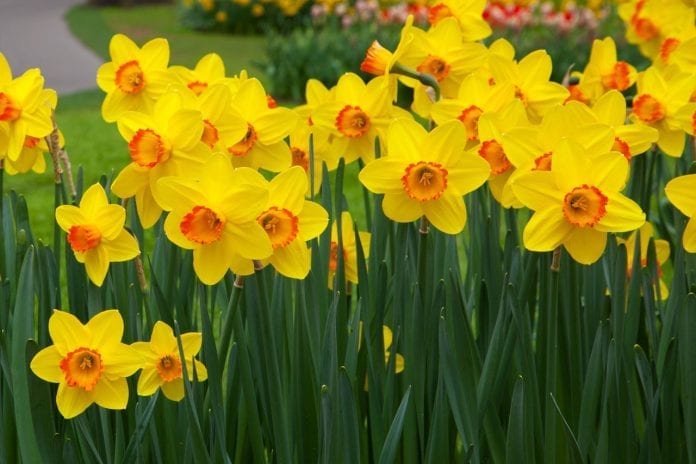
Daffodils or narcissus are said to have been named after Narcissus, a young man from Greek mythology. Beautiful but arrogant, he didn’t love back a forest nymph named Echo, who died of unrequited love. Therefore, gods cursed him because of that – one day he saw his reflection on the surface of the lake and fell in love with it.
After many attempts to kiss his own reflection and realizing it wasn’t possible, he experienced loss and sadness for the first time and died. Those who searched for his body found only a beautiful flower and named it after him. That’s how daffodil was born.
This flower is traditionally made up of six almost perfect yellow petals and is one of the most powerful symbols of love, joy, openness to cooperation and sociability. Its captivating scent is still widely used in the perfume industry and is a true jewel among other scent notes. Because of these irresistible features, daffodils belong to Germans’ favorite types of flowers, frequent ‘guests’ in their homes and integral parts of their lavish gardens.
Carnations
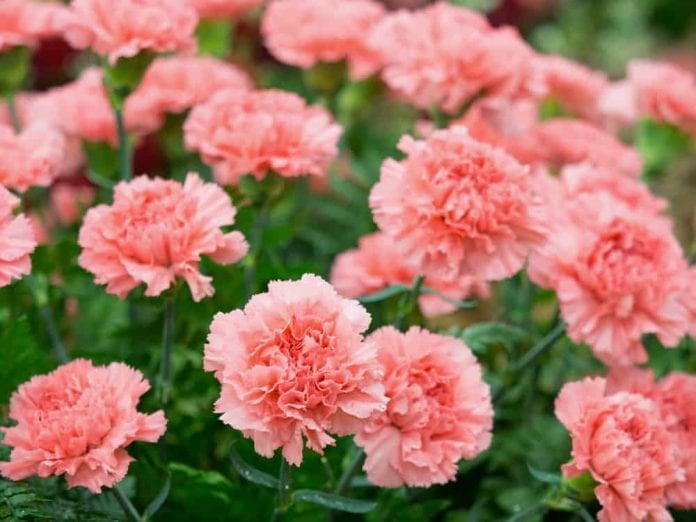
Carnations received the Latin name Dianthus from the Greek language. It means ‘divine’, hence the name of the flower translated as ‘a divine flower’. The name was actually established by Germans since they had noticed a similarity of the scent of the flower and a spicy herb – cloves, which had a similar name. This flower, inexplicably neglected by many, comes in many colors and shapes – red, white, pink and even green.
Depending on its color, the message that carnations can send is also different. Light red carnations usually symbolize admiration, while darker shades of this color represent love and passion. Pink shades indicate gratitude, white one’s luck. In Christian tradition, this flower represents the suffering of Christ and it’s believed to have originated from Virgin Mary’s tears. In Germany, it’s a symbol of permanence.
The thing that says enough about how much the Germans respect this flower is the action carried out in 2014 in a national park on Lake Eder to conserve several specimens of the rare plant Dianthus gratianopolitanus, a flower belonging to a species of carnations. The cost of this environmental action was huge, they said – but this plant was worth it.
Lilies
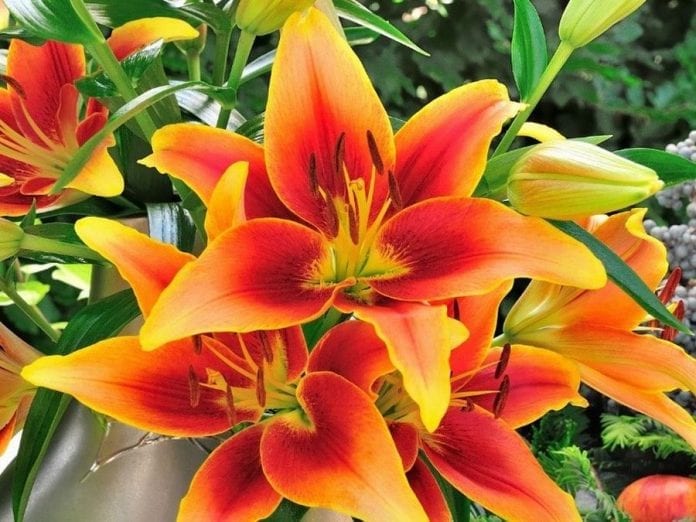
Lily is another bloom that takes the Germans’ breath away. According to the myth, lilies were born from the milk droplets of the Greek goddess Hera which fell to the ground. They’re believed to have existed ever since and they symbolize endless beauty, happiness, immortality, and salvation. More information about Hera can be found on MythologySource.com
They’re also called ‘a paradise flower’ because of its size and smell and they often come in different colors, but the most popular must be white lily which is commonly used at weddings. The yellow ones indicate falsehood and deception, but the purple ones indicate a return to happiness. The orange lilies are particularly popular in Germany, according to the FloraQueen website.
Of course – the list doesn’t stop here. So, if you’re thinking about visiting a country which highly worships mother nature’s gifts and screams words like ‘flourish’, ‘blossom’ or ‘garden-fresh’ – Germany would be the right place for you. There are still lovely tulips, precious columbines and perfect, gentle roses – and all of them together turn into a breathtaking ornament typical for German streets, alleys, yards and gardens. So, what are you waiting for
